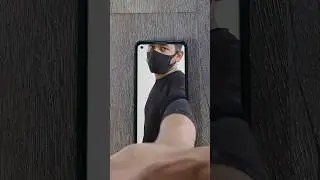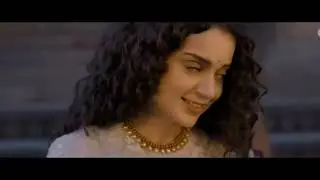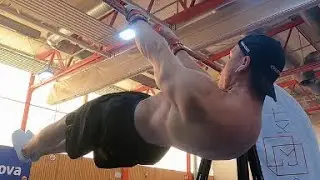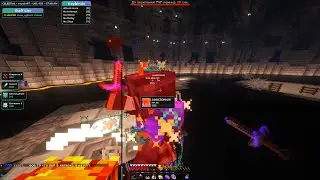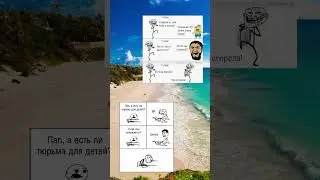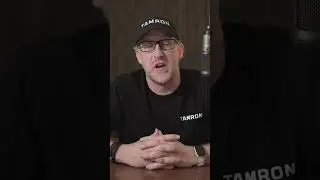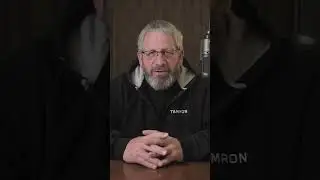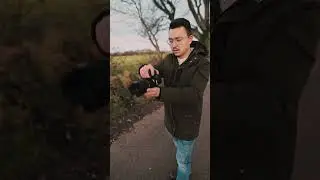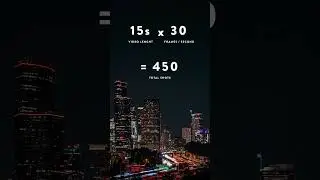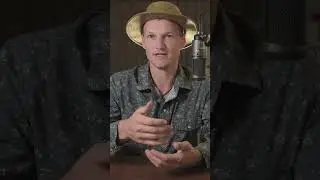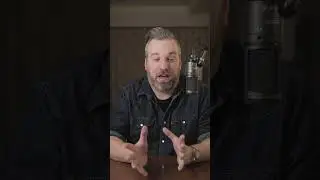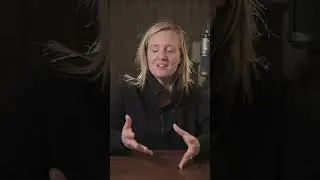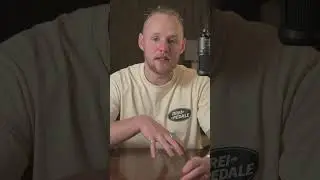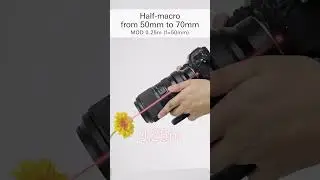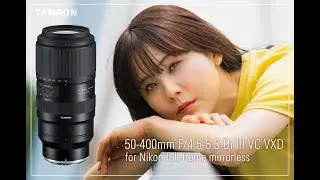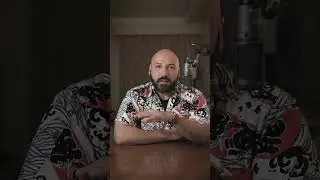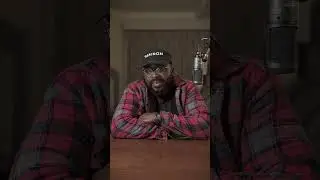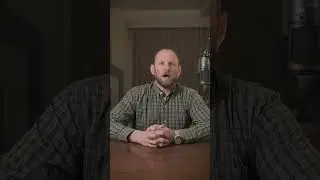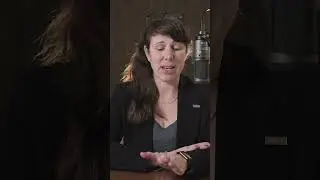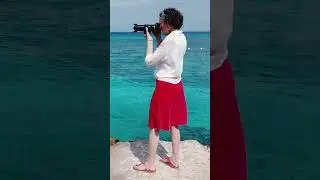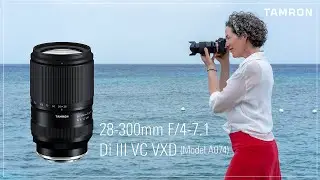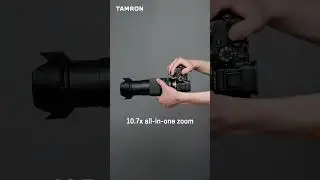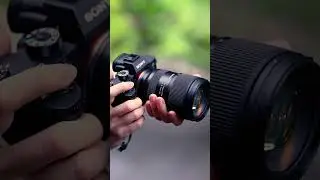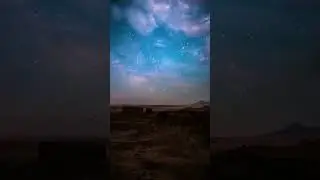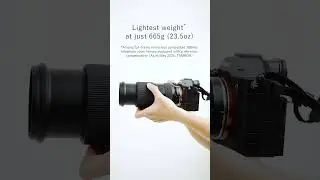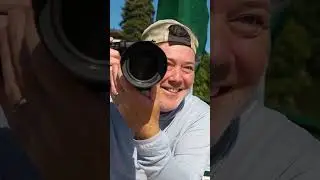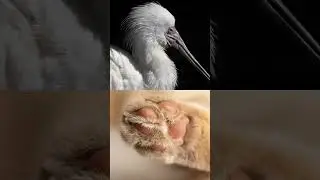Don Gale Shoots the California Coast with Tamron 18-200 millimeter XR DI 2 Lens
Improve your outdoor photography with Don Gale as he shoots the California Coast with Tamron lenses.
Find an Authorized Tamron Dealer Today: https://www2.tamron-usa.com/dealers.aspx
Transcript:
A lot of times, outdoor photography isn't as simple as just pointing and shooting. There are many factors to consider and a lot of preparation that go into making a great outdoor photograph. Hi, I'm Don Gale, and I'm a professional photographer from los-Angeles California. On this Tamron podcast I'm going to be showing you how to improve your outdoor photography with some basic tips.
For this demonstration, we're going to be using the new Tamron 18-200 millimeter XR DI 2 lens, and it's made specifically for the small sensor on my new Fuji s3 camera. This is an extremely versatile lens, I can shoot wide angle, telephoto and macro without ever having to change lenses. It's also very small and lightweight and it's a great lens for travelers, that can't or don't want to pack more than one lens. I don't want any camera movement to affect the sharpness of these pictures, so we're using a tripod. If you have a specific photograph in mind, the first thing you need to consider is the position of the Sun. I came here early in the morning because the sun's shining from the east directly on the faces of the surfers.
If we're to come here later in the day, when the Sun was directly overhead, we wouldn't have been able to get all the detail that we can now. First, I'm going to use the telephoto end of this lens to shoot the surfers in action, and in order to freeze the motion I'm going to shoot wide open, so that I can increase the shutter speed. For the first series of pictures of the surfers we were down on the beach shooting right straight out of them. In order to get a different perspective we just walked up on the pier, we could walk out to where they were so we were able to get a much closer picture and shooting down on them gave us a nice very unique second angle. The 18 to 200 zoom range is powerful enough to give me an 11 to 1 ratio, which is unbelievable, so it will work well for this particular shot. We have the lens set at 200 millimeter, which is its maximum length it's going to give us the largest image on the sensor and we have the lens wide open so that's going to give us the fastest shutter speed and as a result of shooting wide open it's going to be very shallow depth of field which is going to draw your eye right to the surfer. One of the unique things about this picture is we're actually underneath the pier shooting out toward the ocean and we're completely surrounded by the pilings on both sides and by zooming in to the proper focal length, I was able to make sure the shot was just pilings only, and the underneath side of the pier and the ocean you can see out there at the end there's kind of like light at the end of the tunnel, a little bit earlier you can see here in this picture the light was much contrast here and half the picture is bright sunlight the other half is shadow and it's interesting from a contrast point of view but not nearly as interesting as this softer light wind is from an architectural point of view.
Tilt the board just that way a little more big the turn your face. I want to get a shot of the surfer here in front of the pier, but because you can't control where the Sun is in the sky sometimes we have to redirect the sunlight where you need it and in this case we're going to use a silver reflector to bounce some of this light back into the shadow side of this guy's face, so that it balances in brightness with appear in the background.
Although when we came out here this morning our main objective was just to get shots of the surfers, there was a group of junior lifeguard training classes here on the beach and these kids just came running down along the beach and from our right as we face the water they were front lit, we were able to get some great shots of that and then as they passed us and went down to the left or south of us they were backlit. so from our same vantage point we were able to get shots front lit and backlit and as you can see the differences in the lighting or just amazing. After finishing shooting the surfers I noticed it at the end of the pier, was a traditional 50s diner. When you want to get a close-up picture of something this 18 to 200 actually has a macro feature, now we're going to get a close-up shot of this milkshake here at 200 millimeter and we've got the lens focused at 18 inches and in this focal length it really is a macro lens. Now we're going to zoom back to 18 millimeters, for a wider view and it still maintains that same 18 inch minimum focusing distance. I've got to put these tips into practice next time you're out shooting. Visit your tamarind dealer for more information on the 18 to 200 millimeter lens. The Tamron website is a great place to go for podcasts and just general photographic tips.


